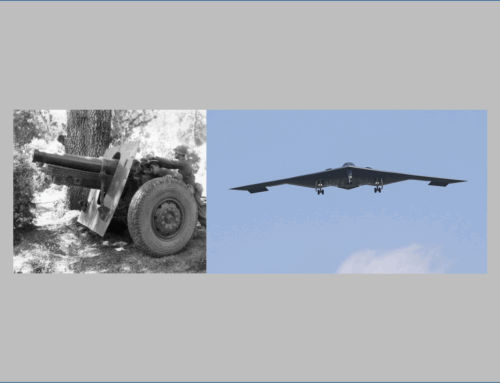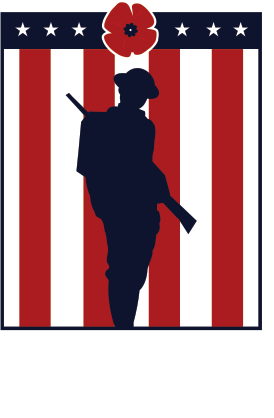‘A Soldier’s Journey’: WWI memorial completed with 25-ton sculpture honoring the American doughboy
Published: 5 September 2024
By Sean Salai
via the Washington Times newspaper (DC) website

Washington Times header image Sept 5
The World War I Centennial Commission is plannng to host a livestreamed illumination of this 25-ton bronze sculpture completing the National World War I Memorial on Friday, Sept. 13, 2024, at 7:15 p.m. ET. (Photo courtesy of the Doughboy Foundation)
No American doughboys remain alive to recall wading through the trenches of the Great War more than a century ago, so a new sculpture in the nation’s capital seeks to speak for them.
Officials recently announced that the National World War I Memorial will reach its completion with the unveiling of a 25-ton bronze sculpture honoring the typical U.S. infantryman — nicknamed “doughboy” for the flour used to polish their white belts — who fought in the last months of the global conflict that ended in 1918.
The 60-foot-long sculpture, “A Soldier’s Journey,” evokes the epic myth of the hero’s journey and will be the largest of its kind in the northern hemisphere. Officials plan to illuminate it during a nighttime ceremony on Sept. 13, the 164th birthday of Gen. John J. Pershing, who led the American Expeditionary Forces in Europe from 1917 to 1920.
The artwork follows an anonymous doughboy from enlistment to homecoming. It will be the focal point of the memorial on Pennsylvania Ave., located across the street from the White House.
“It completes what I would call the quartet of national memorials to the four major wars of the 20th century,” said Edwin Fountain, general counsel of the American Battle Monuments Commission, the federal agency overseeing military memorials. “World War I led directly or indirectly to those other conflicts and is arguably the most consequential event in 20th century history.”
Congress authorized the memorial in 2014 and political leaders from both parties attended a ceremony opening the unfinished site to the public in April 2021.
Mr. Fountain, the grandson of two World War I veterans, served on the commission that developed the monument. He said the sculpture is the “emotional core” of the site and honors “a peace that made the sacrifice worthwhile.”
An estimated 4.7 million Americans served in uniform after the U.S. belatedly entered WWI in December 1917. Roughly 116,000 did not return, making it the third-bloodiest conflict in American history after the Civil War and World War II.
In those days, only local and state governments erected memorials to soldiers who served in overseas conflicts.
The first national monument appeared when veterans lobbied for the 1982 opening of the Vietnam Veterans Memorial near the National Mall in the District.
That led to the opening of the Korean War Veterans Memorial in 1995 and the World War II Memorial in 2004, each located on the Mall.
According to some historians reached for comment, it was not a foregone conclusion that the Great War would ever receive a similar memorial in the nation’s capital.
Read the entire article on the Washington Times website here:
External Web Site Notice: This page contains information directly presented from an external source. The terms and conditions of this page may not be the same as those of this website. Click here to read the full disclaimer notice for external web sites. Thank you.



